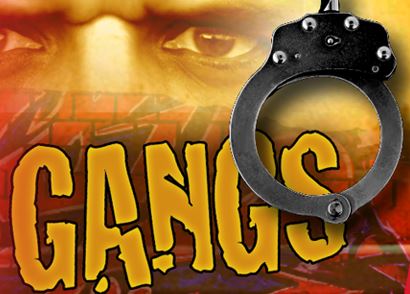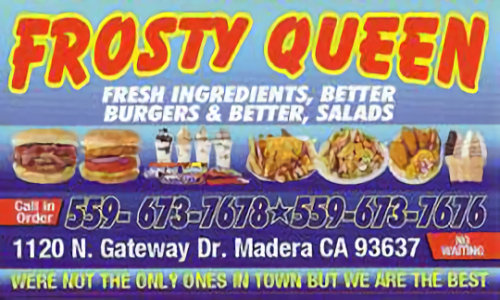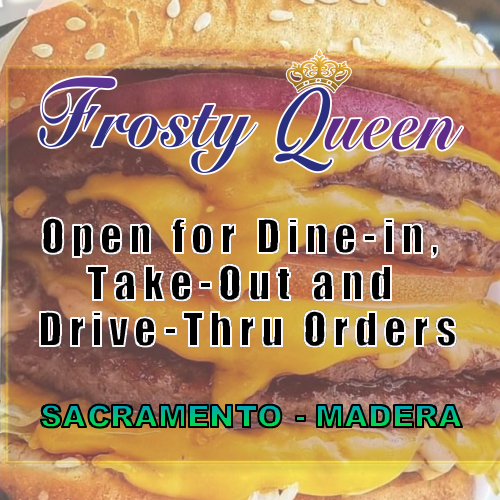 Agencies Willing to Spend Big Money on Programs That Don't Work
Agencies Willing to Spend Big Money on Programs That Don't Work
After the official meeting there was the inter-department socializing that usually occurs. My Detective Division Chief, Ronnie Williams, congratulated me on my retirement and commented, "What are we going to do without you, Rich? We are going to lose your 30 years of experience." Then he asked me, "Have you given any thought to who you might suggest to replace you?"
I thanked the Chief, a less than outstanding ex-OSS gang Detective that I once supervised, and replied that in my 33 years of experience this was the first time a Department executive had asked me (its gang expert) for advice on what to do to fight gangs or improve the gang units. Long before this conversation took place, the LASD Gang Unit had become a political football meant "for show" on the evening TV news and watered down to be politically correct.
I don't mean to sound like Los Angeles or I personally have all the answers to the world's gang problems, but during my more than three decades fighting gangs, I have seen many programs in Los Angeles that have failed. I have learned what does and what doesn't work.
The truth is that we know how to be effective against gangs
#1 - Prevention and intervention are always less expensive than any program of arrest, prosecution, incarceration, or rehabilitation. I mean early intervention, starting in Sesame Street and grammar school. Programs like GREAT and DARE, aimed at middle and high school, are too little too late. The lenient juvenile justice system is a complete failure and must be toughened in the early contact years so that it does not continue to produce the child monsters we see in later CYA years.
#2 - The Gang Units must select only the finest candidates. They must target one gang at a time and build "safer zones" as they expand to target the surrounding gangs. They must have a reliable and accessible intelligence database connected to the jail and prison systems. They must avoid being used as a man power pool and avoid saturation patrol as a regular tactic. They must not only selectively prosecute the gang shot callers and the most violent members, but follow the drug sources to the distributors cutting off the gang's income. I believe that a close working relationship with probation and parole are more effective tools and less manpower intensive than gang injunctions.
#3 – The school gang prevention and police gang units must be properly budgeted and staffed. They must be supported by the police administrators, prosecutors, and courts. Hardcore gang members are often only about 5 percent of the population but responsible for 50 percent, 60 percent, or more of the crime. Gang prevention and prosecution is the most effective use of your public safety tax dollars.
Effective Programs
In the late 1970s the street gang problems in Los Angeles were out of control. A Los Angeles Deputy Sheriff, Curtis Jackson, came up with a selective targeted, intelligence driven, proactive anti-gang concept he experimented with in the Watts area he called "Operation Hickory Street." He wrote a grant proposal based on his successful Hickory Street program calling it "Operation Safe Streets."
To everyone's surprise the OSS Gang grant was funded in 1978 and twelve original gang detectives were selected and assigned in three-man teams to the four most gang active LASD station areas: East Los Angeles, Pico Rivera, Lennox, and Lynwood (which included the unincorporated county area of Compton). The program was so effective that some of the targeted gangs in the areas they claimed as home turf completely disappeared. Within five years it was called the most successful gang program in the nation.
About the same time in the city of Paramount, which borders Compton to the east, a local educator named Tony Ostos developed a school program of early intervention aimed at kids as early as the fourth grade. The program included graphic drawings in coloring books and puppet shows that taught these kids from tough neighborhoods that there are consequences and alternatives to joining a gang. In 1982 the Paramount City Council, instead of denying that it had six major gangs claiming turf in its five-square-mile city, acknowledged its gang problems and partnered with the Sheriff's Department and Tony Ostos' Paramount program to fight gangs. The Paramount school program became the "Gang Resistance Is Paramount" (GRIP) program. By 2003 violent crimes were reduced by 42 percent and gang membership was cut in half.
You would think that the state of California, Los Angeles City, and the County would implement these two programs statewide. But no, L.A. City Schools didn't want to go "outside" to supplant its own gang prevention programs with NIH (not invented here) programs. And throughout the county, city administrators who did not understand gangs or the OSS concept felt that the suppressive saturation uniform presence tactic, like those utilized by LAPD CRASH gang units, looked so good on the 5:00 news. It made the citizens feel like something was being done about the gang problem.
As a result we in Los Angeles have experienced these same failed programs many times. Do you recognize some of these no-nos in your jurisdiction?
What Not to Do
Don't be in denial about the gang problems in your city. Make a realistic gang assessment of your city and its schools and playgrounds. Would your kids feel safe there?
Don't think that gangs are just part of someone else's ethnic culture or race. Traditional and nontraditional gangs can be of any color.
Don't tolerate gang bullies picking on your non-gang kids in schools or anywhere else. Remember your first responsibility is to protect and serve the people, not to try to understand the bully or "give him another chance."
Don't listen to racist "community leaders" or think that they are really the "spokesperson" for the community. It is often a fine line between ethnic pride and race hate rhetoric. This creates more hate.
Don't hire ex-gang members to run your anti-gang programs. Besides wasting your money, it's like hiring Cheesh and Chong to teach your kids about the evils of marijuana.
Don't appease parental gang enablers and community gang codependent adults. Tell them that their coddling and excuses will result in the loss of more lives. If they interfere, don't be afraid to arrest them also.
Don't enable gang members to express themselves and their "culture" by painting "gang murals" on prominent public walls. The mural will become a territorial landmark and instigate further violence. Who gives this opportunity to express themselves and their culture to good kids?
Don't allow gang members to identify community witnesses and informants. Protect witnesses from the bureaucracy of your department and the justice system as well. Protect cops and prosecutors from gang retaliations.
Don't let prosecutors reduce charges in gang-related cases, unless it is to obtain cooperation. Educate prosecutors, judges, and local politicians about gangs.
Don't invite the ACLU, Prison Law Collective, or racist organizations into your jail to monitor and advise you on how you handle your inmate problems.
Don't rely on suppressive gang patrol as more than just a temporary solution. Good gang intelligence and surgical raids against well thought out targets work the best. Massive sweeps that don't produce criminal filings are "for show" only.
Don't think that "No comment!" is an intelligent reply to a radio or TV reporter asking you for information on a gang case. You can bet the defense lawyers and community activists will be giving their opinion on the evening news. Have something to say; select a spokesperson. Get the community on your side by giving some information and simple explanations.
Don't become a man power pool, putting out fires all over your jurisdiction. You can't develop informants or intelligence—you can't prevent gang violence—if you are somewhere else putting out a fire for the boss.
Don't listen to them when they say, "…we don't do it that way" or "…we never did it that way before." Think outside the box. Look to imitate the programs that actually do work.
----






























 RICHARD VALDEMAR
RICHARD VALDEMAR















